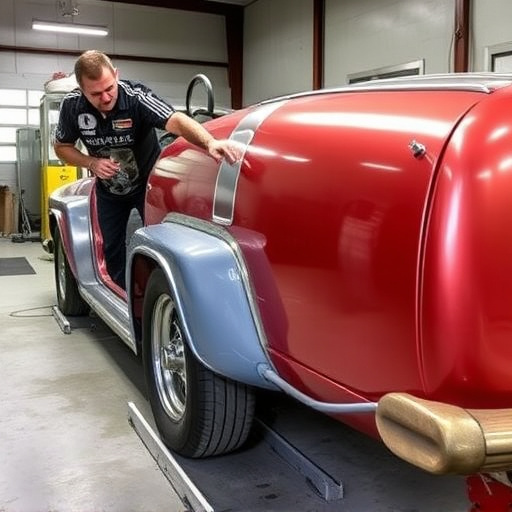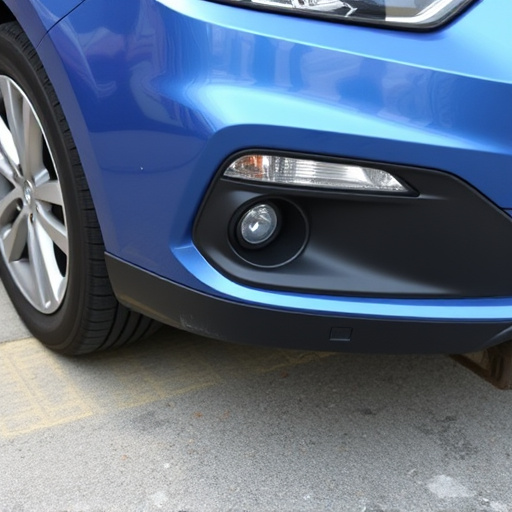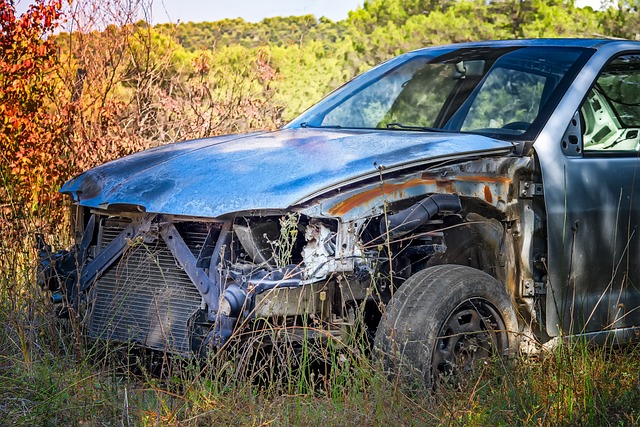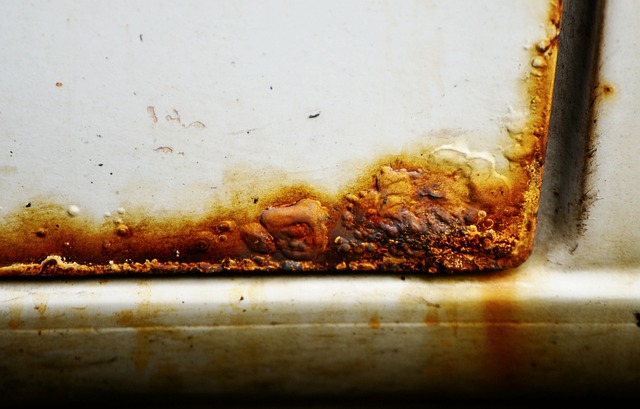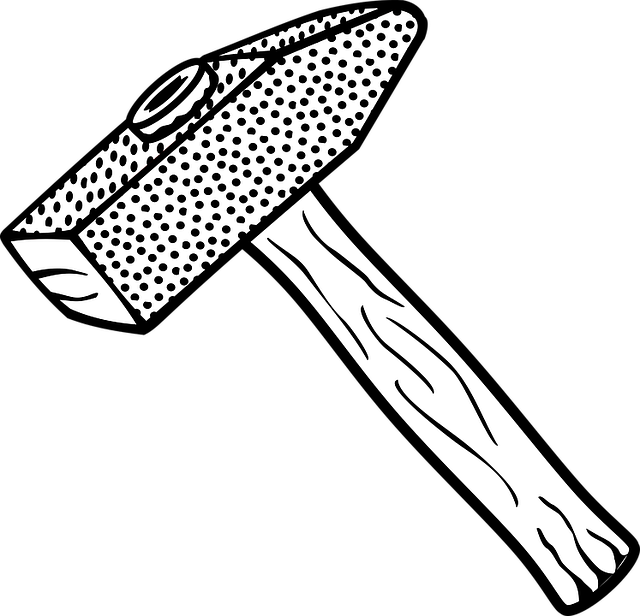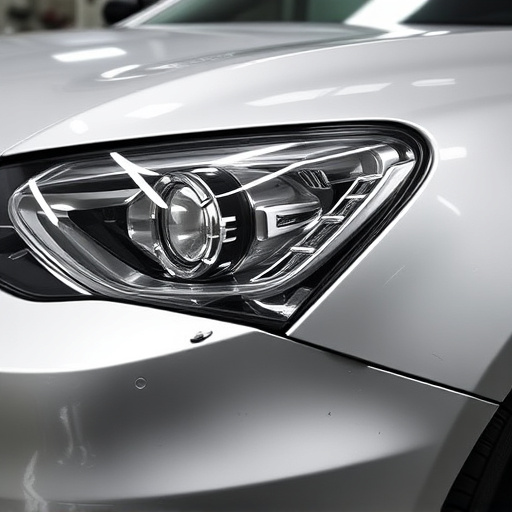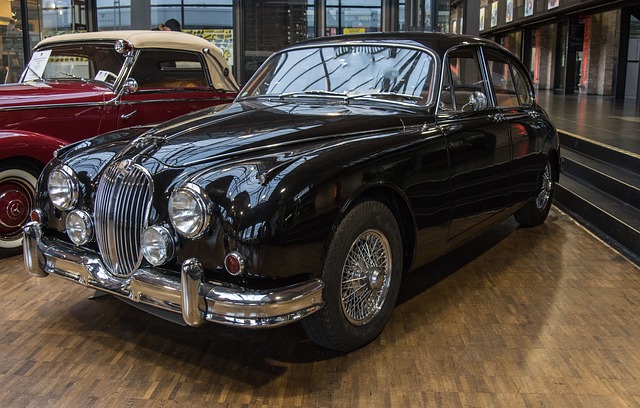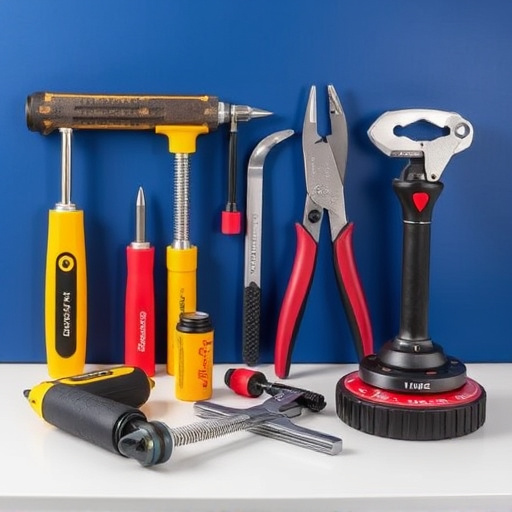Custom color matching in automotive repair and classic car restoration is an art demanding deep color theory knowledge and advanced tools. It aims to reproduce exact shades for a flawless fusion of old and new. Legally, it involves complex intellectual property rules, requiring businesses to protect unique color formulas and maintain strict documentation. Compliance with industry standards and environmental regulations ensures aesthetic appeal and ecological responsibility, fostering customer trust in ethical auto maintenance practices.
In today’s visual-centric world, custom color matching is a powerful tool for businesses aiming to create unique brand identities. However, navigating the complexities of this process and ensuring legal compliance can be a challenge. This article explores the intricacies of custom color matching, delving into understanding the process, deciphering legal aspects of color reproduction rights, and providing practical tips for staying compliant while crafting your distinct color palette.
- Understanding Custom Color Matching Process
- Legal Aspects of Color Reproduction and Rights
- Ensuring Compliance While Customizing Colors
Understanding Custom Color Matching Process
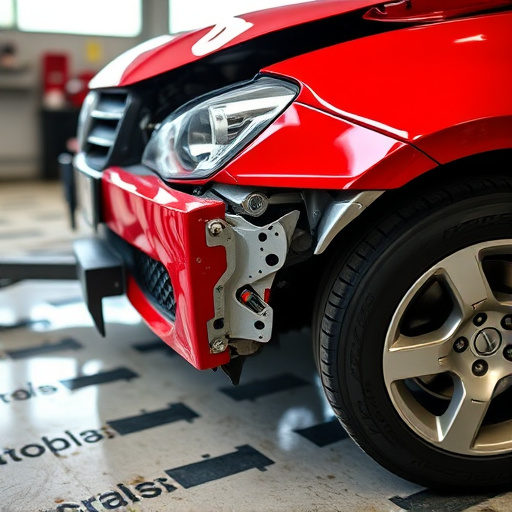
Custom color matching is a meticulous process that involves precisely recreating a specific shade to meet exacting standards. This technique is particularly crucial in industries such as automotive repair and classic car restoration, where maintaining original colors is paramount. The journey begins with an in-depth understanding of color theory and the science behind pigments. Professionals in this field study the unique combinations of dyes, pigments, and base colors to achieve a perfect match.
Through advanced tools and technologies, they analyze existing color samples or specify exact shades required. This data is then fed into specialized software that guides the mixing and application process, ensuring consistency across various surfaces, be it auto glass repair or intricate car body panels. The result is a flawless fusion of old and new, where restored vehicles boast colors that pay homage to their original splendor.
Legal Aspects of Color Reproduction and Rights
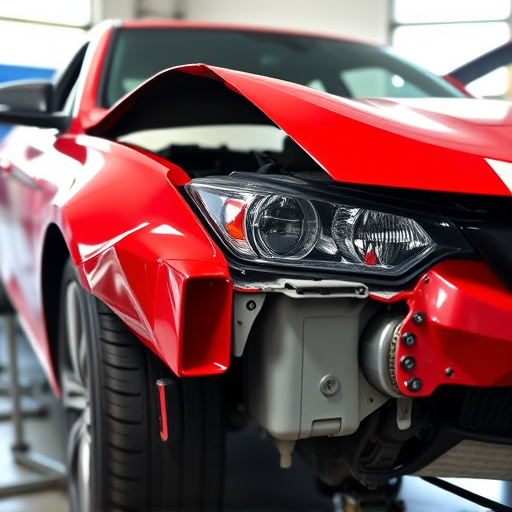
The legal landscape surrounding color reproduction is intricate, especially when considering the rights associated with custom color matching in various industries. When a business offers tailored color services, such as an auto repair near me or automotive body shop, they must navigate intellectual property and copyright laws. Custom color matching involves creating unique hues based on client specifications, which can be protected under trademark or patent law if it meets certain criteria. This protection ensures that the specific color formula and its reproduction are exclusive to the business, preventing unauthorized replication.
In the context of car repair shops, ensuring legal compliance during custom color matching is paramount. It’s crucial to have clear guidelines for documenting and storing color profiles to prove the authenticity of each shade. This documentation becomes essential in resolving disputes or when a client requests adjustments to their original specifications. Additionally, staying informed about industry standards and best practices for color accuracy and consistency helps businesses maintain integrity in their services, setting them apart from competitors in the market, including local automotive body shops.
Ensuring Compliance While Customizing Colors
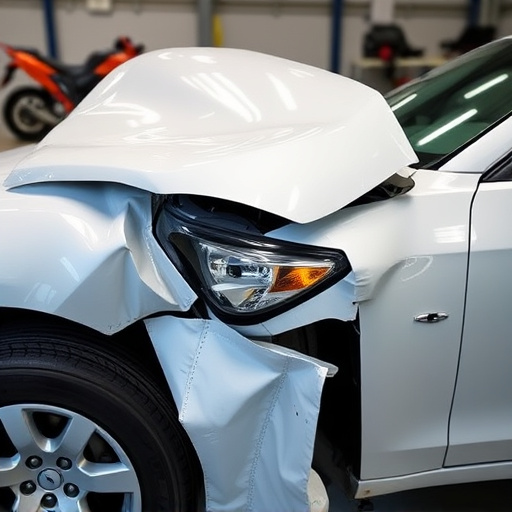
When it comes to custom color matching, especially for applications in auto maintenance or car body shops offering restoration and repair services, adhering to legal compliance is paramount. This involves understanding and following industry standards and regulations related to the use of specific pigments and dyes. For instance, many regions have strict guidelines on the environmental impact of automotive finishes, ensuring that the colors chosen are not only visually appealing but also eco-friendly.
Compliance goes beyond environmental considerations. Car repair services that offer custom color matching must ensure they have the necessary permits and certifications to handle and dispose of chemical compounds used in paint processes safely. This includes proper waste management practices to prevent pollution. By staying compliant, these businesses can not only avoid legal repercussions but also build trust with customers who value responsible auto maintenance.
Custom color matching is a powerful tool for businesses, allowing them to create unique visual identities. However, it’s crucial to navigate legal considerations related to color reproduction and intellectual property rights. By understanding the process and adhering to compliance guidelines, brands can ensure their custom color palettes not only meet aesthetic goals but also avoid potential legal pitfalls. This balanced approach fosters both innovation and legal integrity in the realm of custom color matching.
